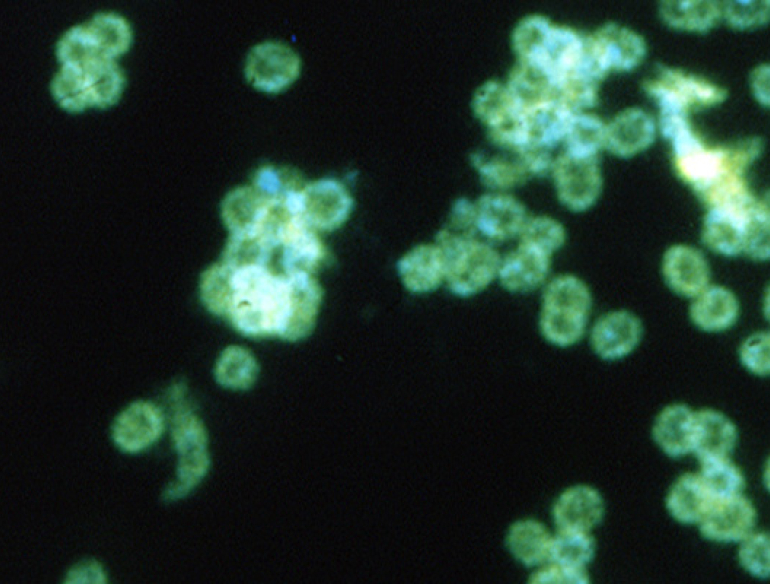- From 2009 to 2014, the total number of chlamydia testing episodes (discounting multiple chlamydia tests conducted in the same week) conducted in NT sexual health clinics increased from 4,127 to 4,476 in 2014 (8% relative increase). Among Aboriginal males, the total number of testing episodes increased by 11% from 2009 to 2014, whilst falling by 38% among Aboriginal females.
- The total number of gonorrhoea testing episodes in NT sexual health clinics increased from 4,094 in 2009 to 4,416 in 2014 (8% increase). Among Aboriginal males the number of testing episodes increased by 10% from 2009 to 2014 and decreased by 38% among Aboriginal females.
- From 2009 to 2011, details on trichomonas testing were not routinely recorded in patient management systems; trichomonas information is, therefore, presented only from 2012 to 2014. The total number of trichomonas testing episodes at sexual health clinics increased from 2,662 in 2012 to 3,803 in 2014 (43% increase). Among Aboriginal males, the total number of testing episodes increased from 102 in 2012 to 166 in 2014 (63% increase) and decreased from 196 to 161 among Aboriginal females (18% decrease).
- The total number of syphilis testing episodes at NT sexual health clinics increased from 2,836 in 2009 to 3,626 in 2014 (28% increase). Testing episodes increased by 49% from 2009 to 2014 among Aboriginal males while decreasing by 26% among females.
- The total number of HIV test episodes increased by 33%, from 2,671 in 2009 to 3,548 in 2014. Among Aboriginal males the number of HIV testing episodes increased by 44% from 2009 to 2014 while decreasing 22% among Aboriginal females.
Sexually transmissible infections (STIs) are a significant source of morbidity in Australian communities, which when left untreated can lead to an array of negative health outcomes that include pelvic inflammatory disease, ectopic pregnancy, infertility, low birth weight, and increased susceptibility to HIV infection. Additionally, increasing rates of STIs means that early identification and prompt treatment are crucial to reducing their burden on public health systems. Effective sexual health surveillance data are required for not only monitoring public health but also for assessing the impact of Australia’s Third National STI Strategy, which includes reducing STI incidence and increasing testing among priority populations. This report collates rates of testing and diagnoses for Chlamydia trachomatis (‘chlamydia’), Neisseria gonorrhoeae (‘gonorrhoea’), Trichomonas vaginalis (‘trichomonas’), and Treponema pallidum (‘syphilis’) as well as testing rates for HIV in sexual health clinics in Australia’s Northern Territory (NT) from 2009 – 2014.

